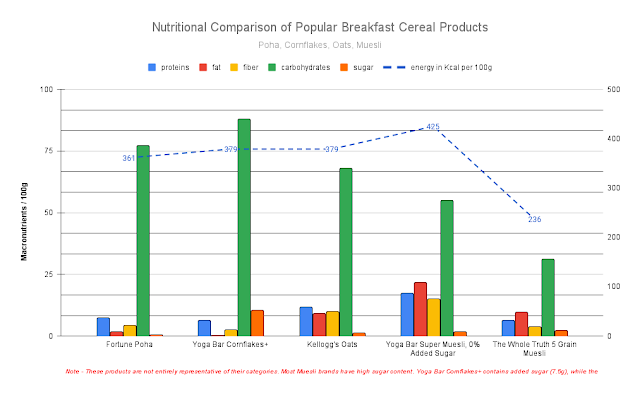Mango - the King of Fruits
 |
| Image source: Wikipedia |
Mango is an edible stone fruit produced by the tropical tree Mangifera indica.
It originated from the region between northwestern Myanmar, Bangladesh, and northeastern India. India produces nearly 50% of the world’s mangoes, more than the next 9 countries combined. It is the second largest fruit crop after the banana.
Exports however are miniscule. The total export volume was less than 0.5% of production in 2024-25
Within India, just two states, Uttar Pradesh & Andhra Pradesh, account for almost half of the nation's mango bounty. The famous Dasheri mango comes from Malihabad in Uttar Pradesh. Cultivars such as the Banaganapalle from AP and Alphonso and Kesar from the west have a pan-India market.
Worldwide, there are several hundred cultivars of mango. Depending on the cultivar, mango fruit varies in size, shape, sweetness, skin color, and flesh color, which may be pale yellow, gold, green, or orange.
Mango trees are known for their longevity, with some specimens continuing to bear fruit even after 300 years.
A cultivar is a kind of cultivated plant that people have selected for desired traits and which retains those traits when propagated.
The dates of availability of mangoes vary by geography, climate, and weather.
There are nearly 1000 mango varieties in India. However, about 30 varieties are grown commercially.
In northern India, varieties such as Dashehari, Langra, Chausa, Bombay Green, and Fazri are cultivated; in southern India, Banganapalli, Totapuri, Neelum, Pairi, Suvarnarekha, Mulgoa, Kalapadi, and Rumani; in western India, Alphonso, Kesar, Mankurad, Fernandin, and Vanraj; and in eastern India, commercial cultivation includes Langra, Fazri, Chausa, Zardalu, Himsagar, and Malda.
Mallika is a hybrid variety that was released in the early 1970s, by cross-pollinating Neelam mangoes from south India with Dasheris native to the north.
The former combined Chittoor district is often regarded as the mango capital of the country, with the fruit being extensively cultivated over an area of approximately 2.87 lakh acres. Totapuri is one of the most extensively cultivated mango varieties in the Chittoor and Tirupati districts, constituting nearly 90% of the total mango farming in the region.
In Tamil Nadu, the mango is referred to as one of the three royal fruits, along with banana and jackfruit, for their sweetness and flavor.
The Indian Council of Agricultural Research has three centres dedicated to mango research. The National Research Centre on Plant Biotechnology in New Delhi is conducting genome analysis of the mango plant to decipher its fundamental biology.
Mango is the national fruit of India, Pakistan and the Philippines, while the mango tree is the national tree of Bangladesh.
Mango is called the king of fruits because of its scrumptious taste and exceptional nutritional profile. It surpasses other fruits in its health benefits, offering the highest levels of essential nutrients like vitamin C, vitamin A, and magnesium.
Mango leaves decorate archways and doors in Indian houses during weddings and celebrations such as Ganesh Chaturthi. Mango motifs and paisleys are widely used in different Indian embroidery styles, and are found in Kashmiri shawls, Kanchipuram and silk sarees.



Comments
Post a Comment